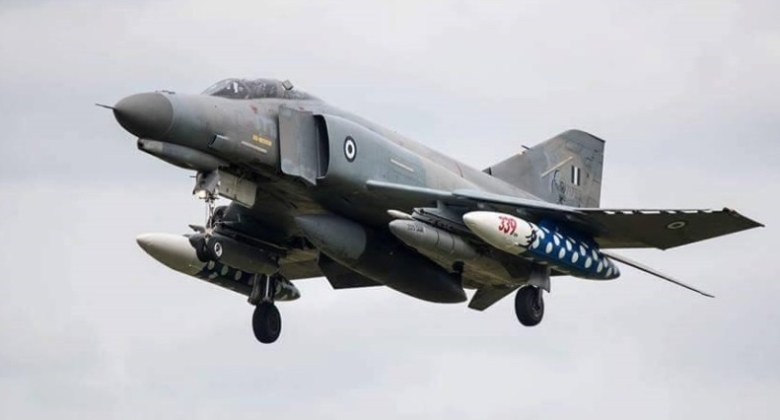News
Greece Moving Ahead with $8.6 Billion Purchase of 40 F-35 Stealth Fighters Despite Economic Woes
The U.S. State Department on January 26 approved a possible $8.6 billion sale of 40 F-35 fifth generation fighter aircraft to the Greek Defence Ministry, with this occurring in parallel to the approval of a $20 billion contract for the modernisation of neighbouring Turkey’s F-16 fleet and supply of 40 new F-16s to the country. The Greek government formally requested the acquisition of 40 F-35As and two spare Pratt & Whitney F135 engines. The U.S. Defence Security Cooperation Agency announced regarding Greece’s emergence of a new F-35 client: “This proposed sale aligns with the foreign policy objectives and national security interests of the United States by enhancing the air capabilities and interoperability of a NATO Ally that plays a pivotal role in promoting political and economic stability in Europe.” The new aircraft will on average cost $215 million each including the price of spare parts, training and armaments. Greece is one of four states which continues to operate Vietnam War era F-4E Phantom fighters, which the F-35s are expected to replace, with F-35s having also replaced F-4s in Japan and South Korea while F-16s are set to do so in Turkey.

Greece first formally requested the purchase of 20 F-35s in June 2022, making it one of the two poorest countries to buy into the F-35 program when measured by GDP per capita – behind the Czech Republic and slightly ahead of Poland. This has been facilitated by Greece’s maintenance of some of the highest defence spending rates in NATO as proportions of GDP, with these having been the highest of any alliance member with a major air force before the outbreak of war in Ukraine in 2022. The F-35 has consistently won all tenders in which it has been permitted to compete across Europe and the wider world, and provides fifth generation combat capabilities at a comparable cost to European fourth generation fighters such as the Eurofighter and Rafale, leading it to be seen as a far more cost effective aircraft. Struggles competing with an aircraft a full generation ahead have led to widespread expressions of frustration by European industry and government officials.

An inability to increase production, and ongoing wide ranging issues with the fighters, has meant that countries ordering the aircraft are now forced to wait for close to a decade before deliveries are made due to very long order queues, with production rates of around 140 aircraft per year being well below the initially projected production rates of well over 200 aircraft. Wide ranging issues with the F-35, however, mean that the fighter class is still far from ready for high intensity combat, with the design suffering from close to 800 defects and widely characterised by both civilian and defence sector officials as an aircraft which “doesn’t work.” Belgium in August refused its first deliveries of the fighters ordered in 2018, which it characterised as “technically unsatisfactory” due to wide ranging production flaws. Serious issues with the aircraft have been widely raised by clients ranging from South Korea to the U.S. Marine Corps, although the lack of any other NATO-compatible fifth generation fighters in production has left countries with few alternatives than to invest in the program.












